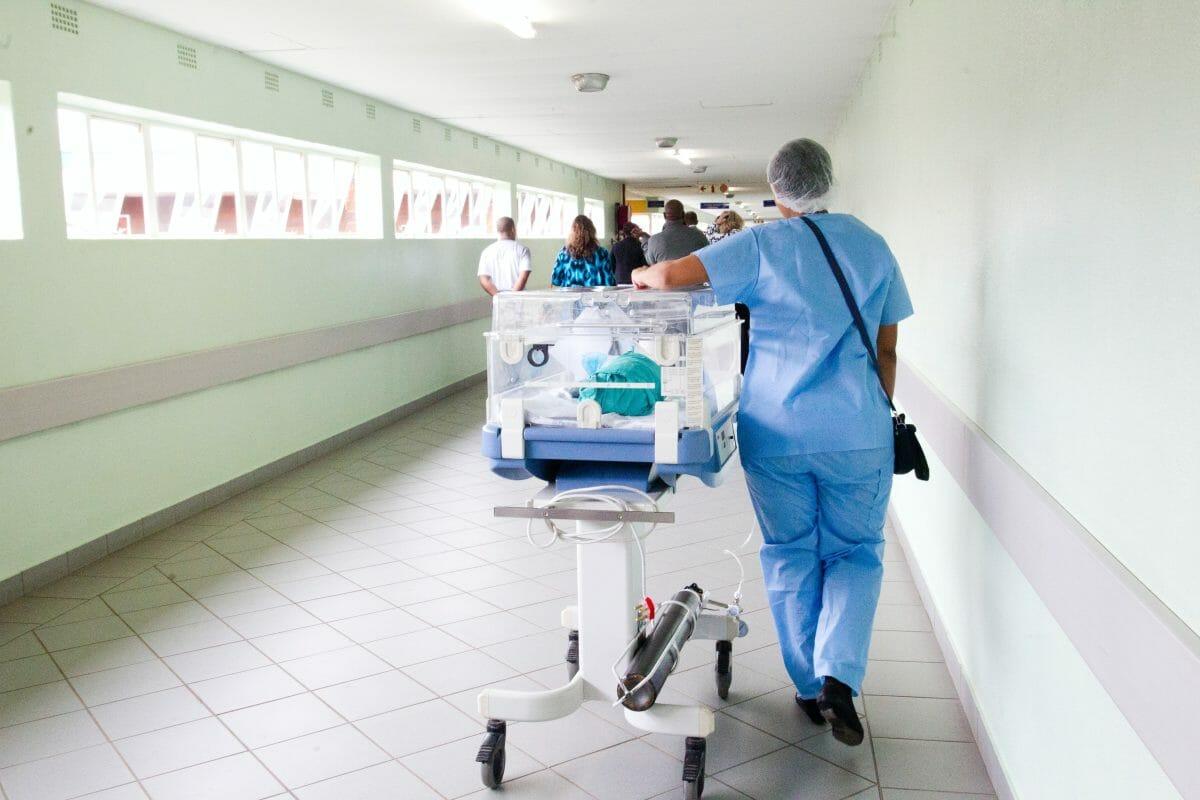Access to quality healthcare is a fundamental right for every individual. It ensures timely diagnosis, effective treatment, and improved overall health outcomes. Despite that, the easy availability of quality healthcare has been a persistent challenge for several communities and individuals.
So, what are the reasons behind this lack of accessibility?
Well, from geographical barriers and poor healthcare infrastructure to time constraints, there are numerous reasons behind this dearth. Each widens the gap between the quality of life and receiving timely medical attention. And the need for a solution that bridges this gap has never been more critical.
Thanks to remarkable advancements in medical technology, the healthcare landscape is undergoing a transformative shift. It is empowering patients and enhancing healthcare access like never before.
You might be wondering, “How is this possible?” Read this blog post to know!
Telemedicine: Breaking Barriers, Connecting Patients with Doctors
Telemedicine has emerged as a game-changer in the healthcare industry, helping patients get medical help without going to the doctor’s office. In short, you don’t have to worry about traveling long distances or waiting in a crowded waiting room to talk to a doctor. Instead, you can consult them using a phone or computer.
It works like this: you schedule an appointment with a doctor like you normally would, and at the appointed time, you have a video call with them. It’s like having a virtual doctor’s appointment!
One great thing about telemedicine is that you can get medical advice and prescriptions without leaving home. If you need medicine, the doctor can send the prescription directly to a non-commercial dispensing pharmacy, which will deliver the medicine to your doorstep. This saves you the hassle of going to the pharmacy in person.
Moreover, you can sign up for text message notifications as reminders for future prescription refills. So, if you need to take medicine continuously, the pharmacy can send you a friendly text message when it’s time to get a refill. This way, you won’t forget and can keep taking your medicine as prescribed.
It is really helpful for people who live far away from doctors or have difficulty traveling, like elderly individuals or those with disabilities.
Remote Monitoring: Bringing Healthcare to Patients’ Doorsteps
Remote monitoring is similar to telemedicine in many ways, but it uses special devices like wearable sensors, blood pressure monitors, and glucometers. These devices help you keep track of important health signs, such as heart rate, blood pressure, or blood sugar levels. With remote monitoring, you can share this real-time data with your healthcare providers.
This allows the doctors or nurses to keep a close eye on your health status without the need for face-to-face appointments. They can identify any changes or patterns in the data and provide timely interventions if needed.
It’s especially beneficial for people with chronic conditions like diabetes, hypertension, or heart disease. These patients need to regularly monitor their health to manage their conditions effectively. With remote monitoring, they can easily keep track of their vital signs and share the information with their healthcare team, who can then make informed decisions about their care.
Mobile Health Applications: Empowering Patients to Take Control of Their Health
Commonly known as mHealth apps, these tools are installed on smartphones or tablets to help people take control of their health. These apps are designed with easy-to-use features and information to help individuals improve their well-being.
For example, you can schedule your doctor appointments using these apps or set reminders to take medications. That’s not all!
You can monitor things like your weight, blood pressure, and even your sleep patterns. This can help you see how your health changes over time and adjust as needed. You can set goals for yourself, like exercising more or eating healthier, and the app will help you keep track of your progress.
You can also learn about common illnesses, healthy habits, and ways to take care of your body. This knowledge empowers you to make informed decisions about your health and take steps towards a healthier lifestyle.
To Sum It All Up
Looking ahead, the future holds even more promise. You can expect technological advancements to further enhance these remote solutions, making healthcare more accessible and convenient. You may see new innovations that allow for more personalized and tailored care, giving patients the ability to receive treatment that suits their specific needs.
Moving forward, it’s important for healthcare providers, technology developers, and policymakers to continue working together to ensure that these remote solutions are accessible to all individuals, regardless of their background or location.
